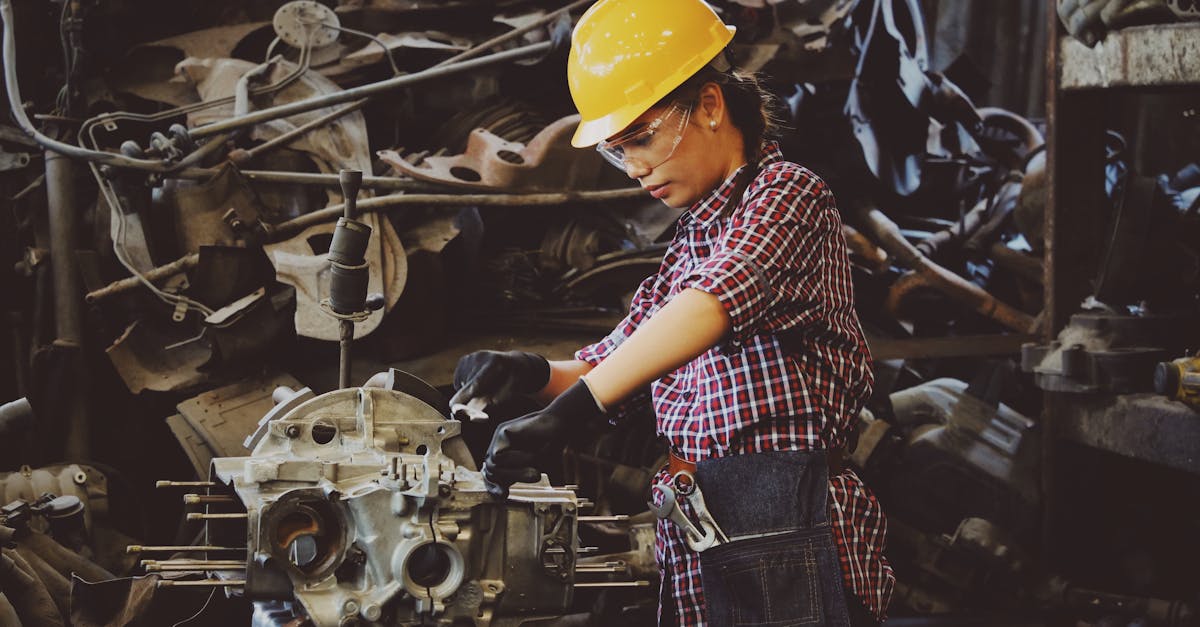Key Takeaways
- Aquaponic farming is sustainable and efficient by combining aquaculture and hydroponics in a closed-loop system.
- It allows for efficient space utilization, producing organic and chemical-free food year-round.
- The process involves fish waste being converted into plant nutrients by bacteria, creating a symbiotic relationship.
- Key components of an aquaponic system include fish tanks, grow beds, water pumps, piping systems, and beneficial bacteria.
- Common plants like lettuce, herbs, tomatoes, and fish species like Tilapia and trout are popular choices for aquaponic farming.

Benefits of Aquaponic Farming
Aquaponic farming has numerous benefits that make it a sustainable and efficient method of agriculture.
Here are some of the advantages:
- Sustainable: Aquaponics combines aquaculture and hydroponics in a closed-loop system that minimizes water usage and eliminates the need for synthetic fertilizers.
- Efficient Use of Space: This farming method allows us to grow more crops in a smaller area compared to traditional soil-based farming.
- Organic Produce: The produce grown in aquaponic systems is free from harmful chemicals and pesticides, ensuring fresh and healthy food for us.
- Year-Round Harvest: With aquaponics, we can grow crops throughout the year, regardless of the season.
- Cost-Effective: It reduces the need for external inputs, making it a cost-effective way to produce food sustainably.
How Aquaponic Farming Works
In aquaponic farming, fish waste is converted into nutrients for plants. Here’s how it works:
- Fish produce waste in the water.
- Bacteria convert this waste into nutrients for plants.
- Plants absorb these nutrients and filter the water.
- Clean water is then circulated back to the fish.
- This cycle repeats, creating a symbiotic relationship between fish and plants.
To see a visual representation, check out this infographic on aquaponic farming.
Now that we understand the basics, let’s dive deeper into the benefits of this innovative farming method.

Essential Components of an Aquaponic System
In an aquaponic system, the important components work together seamlessly to create a sustainable ecosystem. Here’s a breakdown of key elements you’ll find in such a system:
- Fish Tank: This is where the fish reside and produce waste. Proper sizing is critical for fish health and system balance.
- Grow Beds: These containers hold the plants and are where nitrification occurs, converting fish waste into nutrients.
- Water Pump: It circulates water from the fish tank to the grow beds, ensuring nutrient distribution.
- Piping System: This network of pipes connects the fish tank, grow beds, and water pump, allowing for continuous flow.
- Beneficial Bacteria: Important for breaking down fish waste into forms that plants can absorb, promoting a healthy environment.
For more detailed information on aquaponic system components, check out this resource on aquaponics components.
Feel free to dive deeper into each component to enhance your understanding and efficiency of your aquaponic system.
Common Plants and Fish Used in Aquaponics
In aquaponic farming, common plants cultivated include lettuce, herbs, tomatoes, and bell peppers. These plants thrive in the nutrient-rich water from fish waste. They grow effectively when receiving important nutrients through this sustainable system.
When it comes to fish species, Tilapia, trout, catfish, and Koi are popular choices. These fish provide the necessary waste for plant growth while benefitting from the purified water environment created by the plants.
For more information on suitable plants and fish for aquaponics, refer to the resources available on Aquaponics.com and TheSpruce.com.

